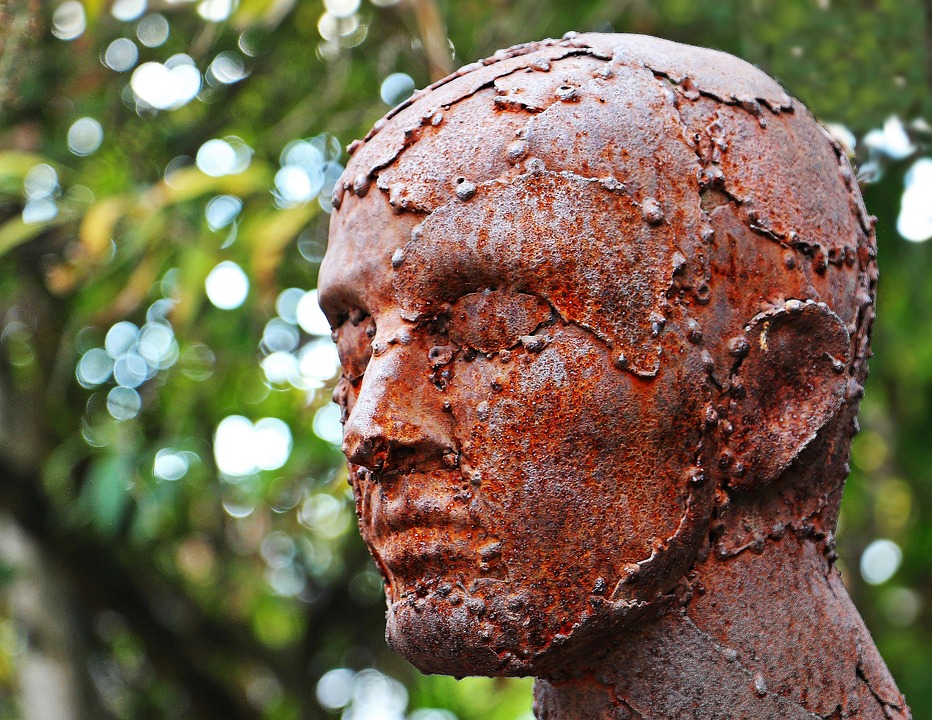Two neurosurgeons, Sergio Canavero and Ren Xiaping, are planning on carrying out the first human head transplant in 2017. Valery Spiridonov, a young Russian man in his thirties, has volunteered to have the transplant. He suffers from Werdnig-Hoffman’s disease – a condition that triggers progressive muscle degeneration, condemning him to live in a wheelchair. The two neurosurgeons have previously tested the procedure on mice, a monkey and a dog.
At a conference held in Glasgow, Sergio Canavero presented through virtual reality the technology which will be used to prepare Valery Spiridonov for transplantation. This involves a significant psychological risk. Before undergoing surgery, the patient will visualise what life in his new body will be like, and will experience the sensation of walking.
The operation will take 36 hours. The neurosurgeons explained: “The patient’s head will be frozen to prevent the cells from dying whilst his neck is partly sewn and his blood vessels are connected to the donor’s body via tubes. The vertebral column will then be cut using a blade with the highest precision in the world, especially created for this purpose, in order to have minimal impact on the nerves”. The patient’s head will then be attached to the donor’s body using “chemical polyethylene glycol” to link the vertebral columns”. Finally, the blood vessels will be connected to the nerves.
The announcement of this first human head transplant has met with lively controversy. Some doctors view the surgery as tantamount to a Frankenstein-like approach. Hunt Batjer, President of the American Association for Neurological Surgeons, is concerned for the patient: “Spiridonov could experience something worse than death” including “unanticipated psychological reactions”.
Science Post (Brice Louvet) 24/11/2016
Photo : Pixabay, DR.

